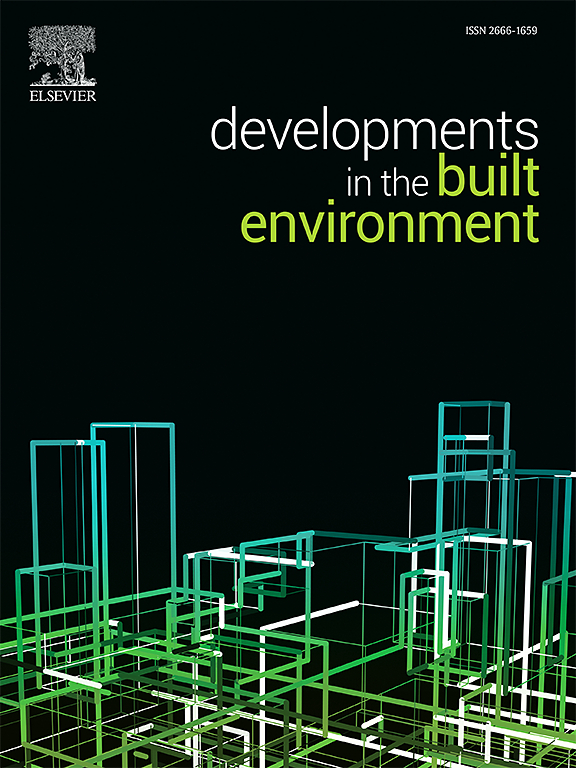利用粒状人工土工聚合物骨料技术实现废橡胶的升级再循环
IF 6.2
2区 工程技术
Q1 CONSTRUCTION & BUILDING TECHNOLOGY
引用次数: 0
摘要
利用废橡胶作为骨料既具有环保特性,又具有较高的建筑成本效益,但可能会导致橡胶浮选和结块等不良作业性。针对上述问题,本文采用造粒法生产橡胶人造土工聚合物骨料(R-GPA),并通过造粒技术、力学测试、X射线计算机断层扫描(XCT)和背散射电子能谱(BSE-EDS)研究了不同橡胶改性方法和橡胶含量的影响。结果表明,使用 NaOH 溶液和硅烷偶联剂进行联合改性的表面改性效率最高。显微分析显示,橡胶改性能有效增强橡胶与基体的界面。因此,制得的 R-GPA 烘干颗粒密度在 1500-1800 kg/m³ 范围内,吸水率为 7%-10.5%,造粒效率超过 98%,为废橡胶的增值利用和人工骨料技术的推广提供了新的思路。本文章由计算机程序翻译,如有差异,请以英文原文为准。
Upcycling of waste rubber using pelletized artificial geopolymer aggregate technology
The utilization of waste rubber as aggregates shows both environmentally friendly features and high cost-efficiency in construction, but may cause poor workability such as rubber flotation and agglomeration. To address the above issues, the pelletization method was adopted to produce rubberized artificial geopolymer aggregates (R-GPA), and the effects of different rubber modification methods and rubber contents were investigated through pelletization technologies, mechanical tests, X-ray computed tomography (XCT) and backscattered electron with energy-dispersive spectroscopy (BSE-EDS). Results showed that the combined modification with NaOH solution and silane coupling agent presented the most effective surface modification efficiency. According to microscopic analysis, rubber modification could effectively enhance the rubber-matrix interface. The produced R-GPA could thus possess an oven-dried particle density within 1500–1800 kg/m³, a water absorption of 7%–10.5%, and a pelletization efficiency over 98%, which provided a new insight into the value-added utilization of waste rubber and the promotion of artificial aggregate technologies.
求助全文
通过发布文献求助,成功后即可免费获取论文全文。
去求助
来源期刊

Developments in the Built Environment
Multiple-
CiteScore
7.40
自引率
1.20%
发文量
31
审稿时长
22 days
期刊介绍:
Developments in the Built Environment (DIBE) is a recently established peer-reviewed gold open access journal, ensuring that all accepted articles are permanently and freely accessible. Focused on civil engineering and the built environment, DIBE publishes original papers and short communications. Encompassing topics such as construction materials and building sustainability, the journal adopts a holistic approach with the aim of benefiting the community.
 求助内容:
求助内容: 应助结果提醒方式:
应助结果提醒方式:


